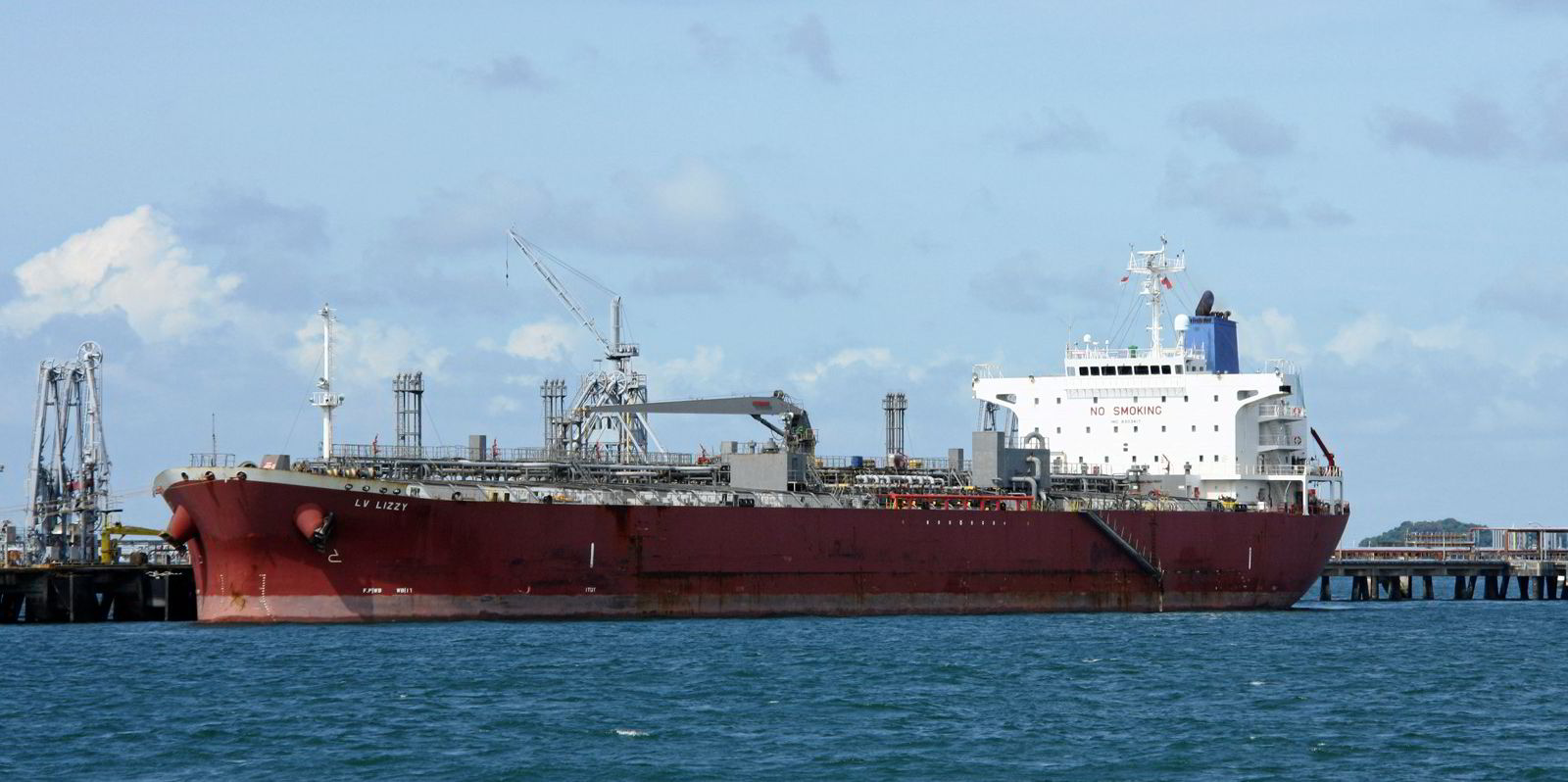A bleak outlook for many European refiners next year could provide chances for chemical tanker owners to capitalise, Clarksons believes.
But the London-listed shipbroker said in a market update that triangulating the fleet for efficiency will be key to benefiting from market disruption.
Clarksons argues that the European industry stands at the nexus between a very challenging 2023 and the uncertainty awaiting the market next year.
“With the Ukraine conflict pushing up regional energy costs in 2022, this has seen domestic operating rates scaled back to unsustainable levels,” it added.
These dropped as low as 57% in July, according to industry data, and the current destocking cycle has led to a downturn in demand that will probably see capacity rationalisation to rebalance the European market.
Soaring energy costs and squeezed margins opened Europe up to a wave of imports from 2022 onwards, as capacity growth in other regions forced these suppliers to seek out new avenues amid the economic uncertainty, the London shop said.
Europe had already been drifting into a larger net import position over the last decade, and the past 18 months has simply accelerated the process.
Clarksons added that there was a 6% rise in specialised products imports into Europe compared with the previous year.
Ethanol imports into Europe soared by 62% compared with 2021, while Asian caustic soda fixtures into Europe and a surge in urea ammonium nitrate imports from the US and Trinidad pushed up inorganic volumes by 73% year on year.
“We also saw chemical imports from the US grow by 22% last year compared to 2021 — largely driven by glycols and other ethane derivatives, as well as a doubling of methanol volumes,” the specialised products team said.
European imports to drop
Clarksons believes chemical imports for 2023 are likely to be steady compared with 2022, and overall specialised products imports into Europe are poised to drop this year.
But this is due to the slump in demand amid the pressures of inflation and the cost-of-living crisis rather than a recovery in European output.
“This undoubtedly creates more opportunities for the chemical shipping sector, but the challenge is triangulating the fleet for efficiency,” it said.
A continued decline in European chemical production leaves owners with limited opportunities for a backhaul into Asia or over to the US Gulf.
“The Europe to Far East trade lane has been static for some time now, with contractual volumes steady and no real incentives for owners to go on berth,” the broker said.
This leaves Asia as the region where the greatest growth in liquid bulk chemicals will take place over the next few years. Close to 40m tonnes of new capacity is scheduled to come online between now and 2026, around 75% of it in China.
Clarksons argues that current fears of deflation and an extended period of economic stagnancy amid the structural pressures of growing unemployment and the housing sector downturn could mean more of this volume is pushed into the global market.





